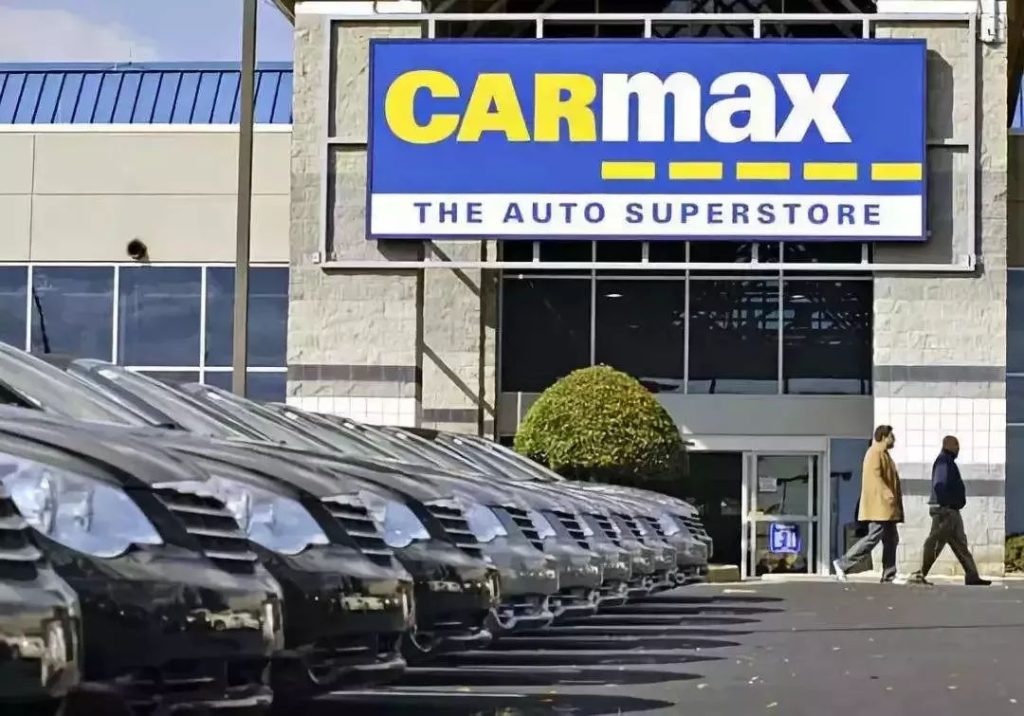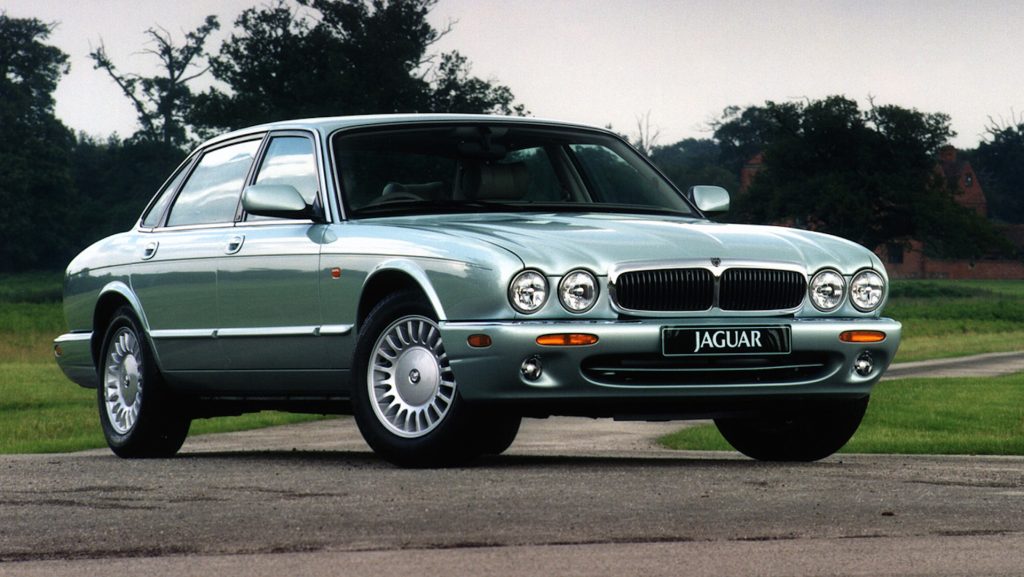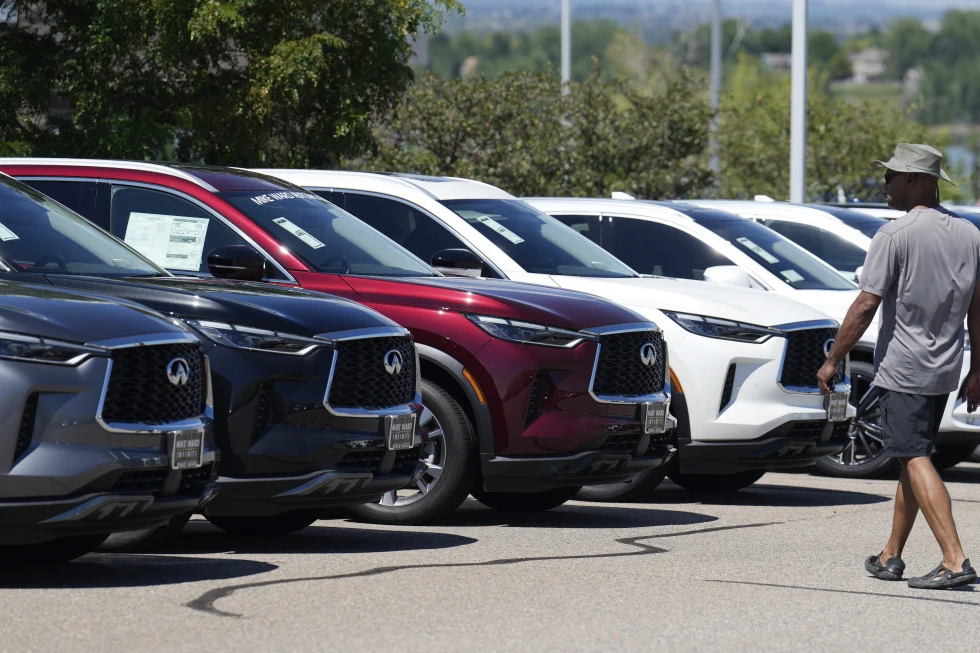The past few years have presented significant challenges for individuals in the market for used vehicles, as prices have risen, inventory has dwindled, and interest rates have climbed.
These factors have combined to create a discouraging environment for potential buyers, who have found themselves facing higher costs than they might have anticipated.
However, there are signs that the situation may be improving, as indicated by the latest Used Vehicle Report from Edmunds.
According to the report, the average transaction price for a used vehicle in the third quarter was $28,935. While this figure still represents a substantial increase from the average of $20,085 observed five years ago, it does mark a decrease from the record high seen in the previous year.
Furthermore, the continuing rise in prices for new vehicles has made used vehicles more attractive to consumers with limited budgets.
In fact, the difference in average price between new and used vehicles has returned to levels last seen in 2019.
Nonetheless, it remains crucial for prospective used vehicle buyers to ensure that they are obtaining the best value for their money.
To assist with this, the experts at Edmunds have compiled six important tips to guide individuals through their next purchase.
In today’s market, it is essential to be an informed consumer and compare prices before making a purchase, especially when it comes to big-ticket items like a used car.
With the abundance of online resources available, such as Edmunds, it has never been easier to ensure that you are not overpaying for a vehicle.
By utilizing these tools, you can easily compare the price of the car you have your eye on with similar models that are for sale in your local area.
This allows you to gauge whether the asking price is above, below, or at the market value. Armed with this knowledge, you can negotiate with confidence and avoid the potential pitfall of overpaying for a used car.
In the end, taking the time to compare prices can save you a significant amount of money and ensure that you are getting the best deal possible.
In order to maximize your chances of finding the best deal on a new vehicle, it is important to expand your search beyond local dealerships.
While it may be convenient to visit nearby dealerships, you may be missing out on better deals that are available in other areas. One way to expand your search is to utilize online sites that allow you to see what dealerships have in stock before you even leave your home.
This can save you time and effort by allowing you to compare prices and inventory from the comfort of your own home.
Additionally, you can adjust the search parameters to include nearby cities and counties, which may have better deals or a wider selection of vehicles.
By broadening your search, you increase the likelihood of finding the perfect vehicle at the best possible price.
When it comes to purchasing a used vehicle, it is important to consider all types of vehicles, including those with higher mileage or older models.
In today’s market, prices and interest rates are on the rise, making it more challenging to find a vehicle that fits within your budget. By considering vehicles with higher mileage or older models, you may be able to achieve the monthly payment you desire.
However, it is crucial to conduct thorough research before making a purchase. Obtaining a vehicle history report will provide insight into the vehicle’s past, including whether it has a clean title and has received regular maintenance.
Additionally, a prepurchase inspection from a qualified mechanic can help identify any potential issues that may not be apparent during a test drive.

By taking these steps, you can make a more informed decision and potentially find a reliable vehicle that meets your needs and budget.
I completely agree that consumers should consider a different type of vehicle or brand to save money. It’s important to note that trucks and SUVs are often in high demand and can be more expensive than sedans or subcompact SUVs.
Therefore, if a consumer doesn’t need a truck or large SUV, they can save a lot of money by getting something smaller.
I also appreciate your suggestion of getting preapproved for an auto loan to get the lowest interest rate possible. It’s essential to compare all the rates to ensure that you’re getting the best deal.
By doing so, consumers can lower their monthly payments and potentially save thousands of dollars over the life of the loan. Refinancing the loan later is also a great option if rates drop.
Moreover, your advice on maximizing the value of a trade-in is very helpful. If a consumer currently owns a car with equity, they should get more for their car, which can help offset the higher purchase price of their next vehicle.
It’s crucial to get a free vehicle appraisal through online sites like Edmunds before getting a trade-in offer from the dealership to ensure getting a fair value.
If a consumer doesn’t have a trade-in or if it doesn’t have equity, putting more money down can help them get the monthly payment they want.
Overall, your article provides practical tips that can help consumers save money when purchasing a vehicle. Thank you for sharing this valuable information.
Your suggestion to consider certified pre-owned (CPO) vehicles in the current market is indeed noteworthy.
As the market dynamics shift and used car prices fluctuate, it becomes imperative for consumers to adapt their purchasing strategies to ensure they are making informed and prudent decisions.
Your emphasis on the benefits of CPO vehicles is well-founded. The rigorous inspections and additional reconditioning that CPO vehicles undergo provide a level of assurance and reliability that is often sought after by consumers.
Furthermore, the availability of extended warranties not only offers peace of mind but also serves as a form of protection against potential unforeseen expenses.
This added layer of security can significantly contribute to the overall ownership experience and long-term satisfaction.

The potential qualification for interest rates similar to those for new cars is a compelling factor to consider when evaluating the overall cost of ownership.
While CPO vehicles may initially appear more expensive than their non-certified counterparts, the lower interest rates and extended warranties can effectively offset the higher upfront cost over the course of ownership.
This aligns with the principle of considering the total cost of ownership rather than solely focusing on the initial purchase price, thereby enabling consumers to make more informed and financially sound decisions.
In light of the current market conditions, where used car prices are on the decline, your recommendation to explore the option of CPO vehicles is timely and prudent.
It serves as a strategic approach for consumers to maximize the value of their investment and ensure that they are acquiring a vehicle that meets their expectations in terms of quality, reliability, and long-term cost-effectiveness.
Furthermore, your insights underscore the importance of being proactive and diligent in the search for CPO vehicles within one’s budget.
As the availability of such vehicles may be more limited in the current market, it is essential for consumers to exercise patience and thorough research to identify suitable options that align with their preferences and financial considerations.
In conclusion, your recommendation to consider certified pre-owned vehicles as a means to capitalize on falling used car prices is both insightful and practical.
By highlighting the advantages of CPO vehicles, you have provided a valuable perspective that can guide consumers in making informed decisions amidst the evolving dynamics of the automotive market.
Your contribution is highly appreciated and serves as a valuable resource for individuals navigating the complexities of purchasing a used car in today’s market.
Thank you once again for sharing your expertise and providing valuable guidance to consumers seeking to make the most of the current market conditions.
In the foreseeable future, prospective used-car buyers are likely to encounter greater challenges in securing their desired deals, as indicated by Edmunds.

The period spanning 2023 and 2024 is anticipated to witness a shift in the dynamics of the used-car market, requiring potential buyers to exercise a higher degree of flexibility in their preferences.
Amidst this evolving landscape, individuals seeking to make a purchase are advised to consider making certain concessions with regard to the specific type of vehicle they desire.
Furthermore, conducting thorough research to ascertain the value of their trade-in, as well as diligently comparing interest rates and local prices, will be crucial steps in navigating the changing market conditions.
By adopting a strategic approach and being mindful of these factors, prospective buyers can enhance their confidence and satisfaction in their eventual purchase, thereby mitigating the challenges posed by the evolving used-car market.
